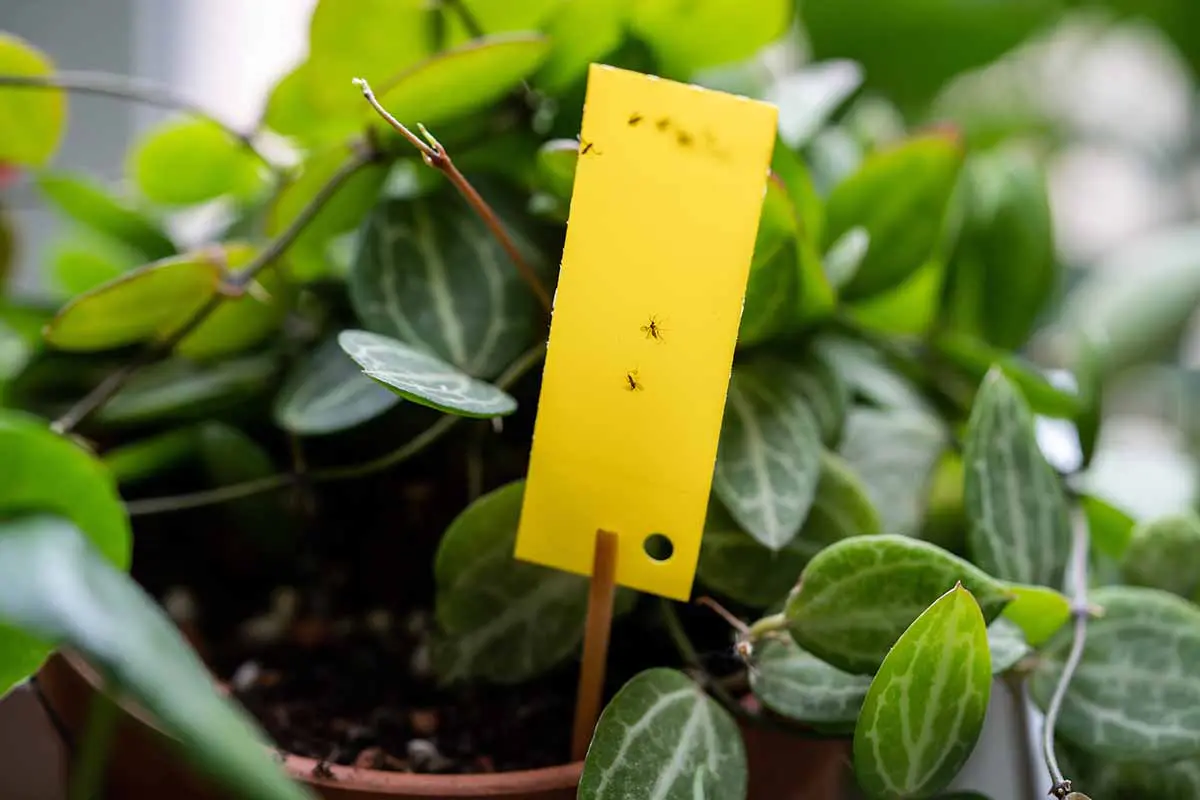June Bugs in Colorado: Balancing their Benefits and Managing them at Home.
June bugs, commonly referred to as June beetles or May beetles, are typical summertime insects in Colorado. Even though these pests are thought to be good for the ecosystem, they can cause an annoyance in our houses. In this piece, we’ll examine the traits of June bugs, touch on frequent worries, and offer suggestions for successfully managing them. We’ve got you covered if you have questions regarding their danger, the reasons behind their heightened activity this year, or how to stop them.
Are June Bugs Harmful?
Whether June bugs are dangerous to people or animals is one of the most commonly asked questions concerning them. The good news is that June bugs do not directly threaten human health or safety. They do not sting or bite, and they do not spread illness. Inconvenience and probable harm to plants and lawns can still result from their obtrusive presence in big numbers.
Why Are June Bugs So Bad This Year?
Year to year, June bugs can be active to varying degrees, with certain seasons having higher populations than others. Their population changes are influenced by a variety of elements, including temperature, weather, and food supply. This year’s June bugs may be more plentiful than usual due to favorable environmental factors that encourage their reproduction and survival.
What Is the Problem with June Bugs?
Although June bugs help with soil aeration and nutrient recycling, among other ecological benefits, when they get into our homes, they can cause problems. They can frighten people and cause problems because of their enormous size and buzzing flight patterns. Furthermore, their larvae, known as white grubs, can harm lawns by eating on the roots and leaving behind brown patches as a result.
Are June bugs in Denver?
The Phyllophaga genus, which includes numerous species, includes the June bugs that can be seen in Denver and around Colorado. These beetles can grow up to an inch in length and normally have a sturdy body that is brownish in color. Their forewings are hardened and cover their membranous hindwings, and they have distinctive clubbed antennae. Their lifespan is normally only a few weeks, with summer being the time of year when they are most active.
What Do June Bugs Turn Into?
Effective control of June bugs requires knowledge of their life cycle. Female June bugs bury their eggs in the ground after mating. These eggs develop into white, C-shaped grubs that eat grass and other organic material. The grubs go through a number of instar stages before pupating in the soil over time. Pupae eventually develop into adult June bugs, ending the lifecycle.
What Attracts June Bugs to Humans?
Light and smells are two environmental cues that attract June bugs. Particularly at night, artificial lighting might attract them to dwellings. In addition, June bugs may be drawn to specific aromas like floral fragrances or decomposing organic debris. Implementing control methods can be made easier by comprehending these attractants.
Controlling June Bugs at Home: DIY Options.
There are various do-it-yourself solutions you can attempt if you have June bugs in your home:
Eliminate outdoor lighting sources: Instead, consider sodium vapor or yellow lights, which are less alluring to June bugs.
Secure doors and windows: To keep June bugs out of your house, install screens or seal up any cracks.
Fill in fissures and cracks: Examine the outside of your home, and block any gaps that June bugs might use to enter.
Outdoor barriers and traps: Set up physical barriers, such as row covers or light traps, to keep June bugs away from sensitive plants and places.
Natural repellants: Neem oil, garlic spray, or essential oils (such as cedarwood, peppermint, or clove) are all natural repellents that can be used to keep June bugs away from your home.
Professional Treatment and Prevention.
While some DIY techniques can work, chronic June bug infestations might need the help of a professional pest control company. OBEX Pest Defense provides complete services that are customized to meet your needs. Their skilled professionals have the knowledge to precisely assess the issue, create a focused treatment strategy, and efficiently control June bug populations inside and outside your home. OBEX assures the safety of your family, pets, and the environment by using eco-friendly methods.
Even though they play a crucial function in the ecology, June bugs can be an annoyance when they enter our homes. Despite not being hazardous, their abundance and presence can be inconvenient and can cause damage. You can efficiently control June bugs and make your home more pleasant by using DIY techniques and professional pest control help from OBEX. To coexist with these wonderful insects, keep in mind that finding a balance between their ecological advantages and controlling their impact within our houses is essential.
Ready to take the next step to prevent issues, like June bugs, from occurring? We’re thrilled to help! Schedule your pest control treatment plan with us today.




